Columns engraved with deities, mythological beings, and intricate patterns are not merely artistic; they convey religious narratives, disseminate moral teachings, and celebrate cultural heritage. The columns found in temples, palaces, and public buildings across varied regions of India highlight the diverse artistic influences and underlying unity in the symbolic language of traditional Indian columns.
In summary, traditional Indian columns are more than mere architectural elements. They encapsulate the historical evolution, artistic endeavors, and cultural essence of India’s rich heritage, serving as enduring testaments to the country’s architectural ingenuity and spiritual profundity.
Modern Adaptations and Cultural Relevance
In the ever-evolving landscape of contemporary architecture and design, traditional Indian columns have found a significant place. These architectural elements, known for their intricate carvings and symbolic significance, are being seamlessly integrated into modern structures, ensuring their timeless allure continues to inspire. Architects and designers today draw heavily from the classical column designs, merging them with cutting-edge materials and innovative construction techniques. This blend creates hybrid structures that beautifully juxtapose tradition with modernity.
One notable example is the use of traditional Indian columns in modern homes and public spaces. In residential architecture, these columns often serve both structural and aesthetic purposes. They support verandas and courtyards, while their ornate craftsmanship adds an element of cultural richness. Similarly, in public spaces, columns are being used to create focal points that evoke a sense of heritage and continuity. High-end hotels, museums, and cultural centers frequently incorporate these columns to provide guests and visitors with a tangible connection to India’s architectural legacy.
Cultural heritage projects aim to repair and maintain these architectural marvels, often employing traditional craftsmanship techniques that have been passed down through generations. These initiatives ensure that the cultural narratives embodied by these columns remain alive for future generations to appreciate. By combining adaptive reuse with preservation, modern architecture honors the past while forging ahead, creating a dialogue between history and innovation.

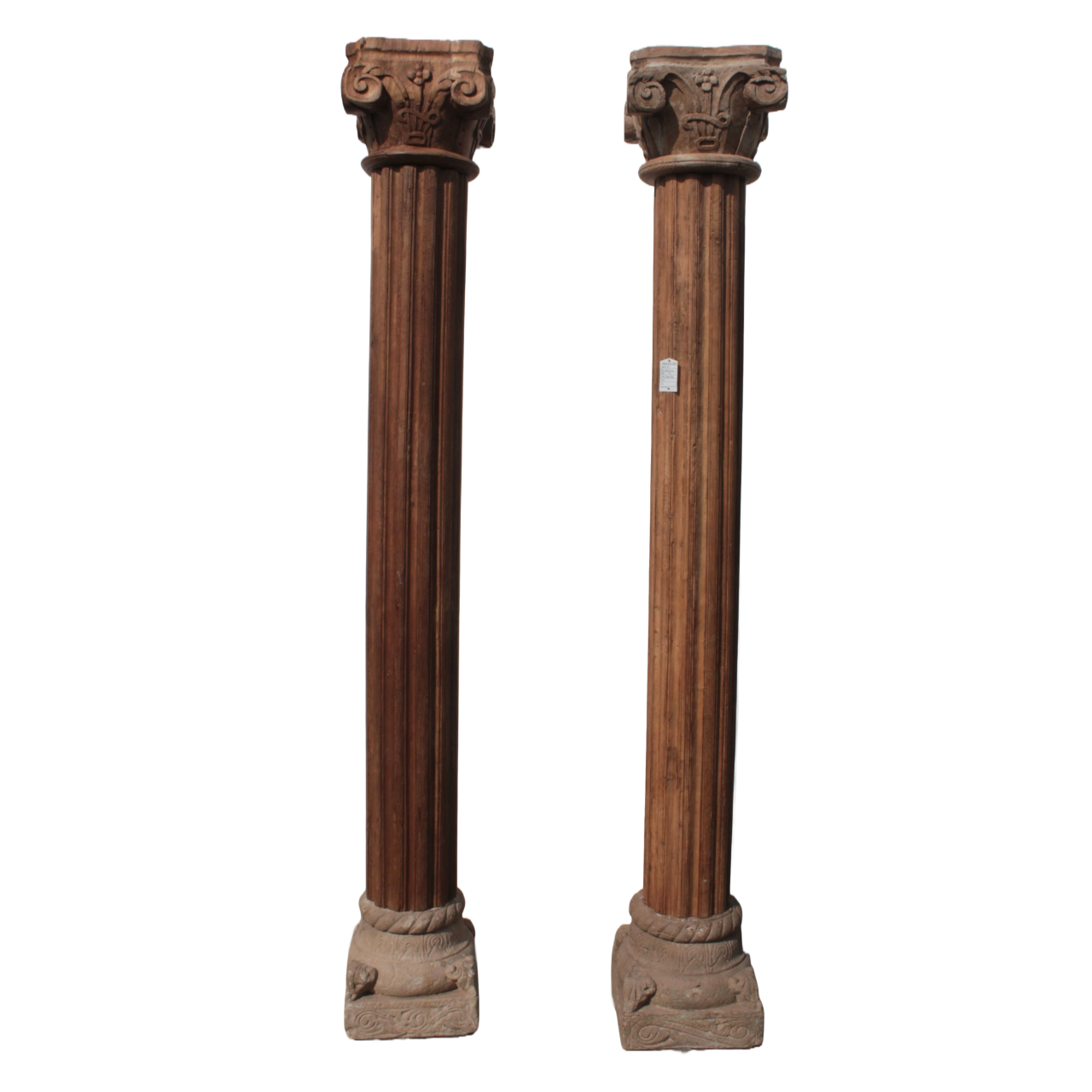
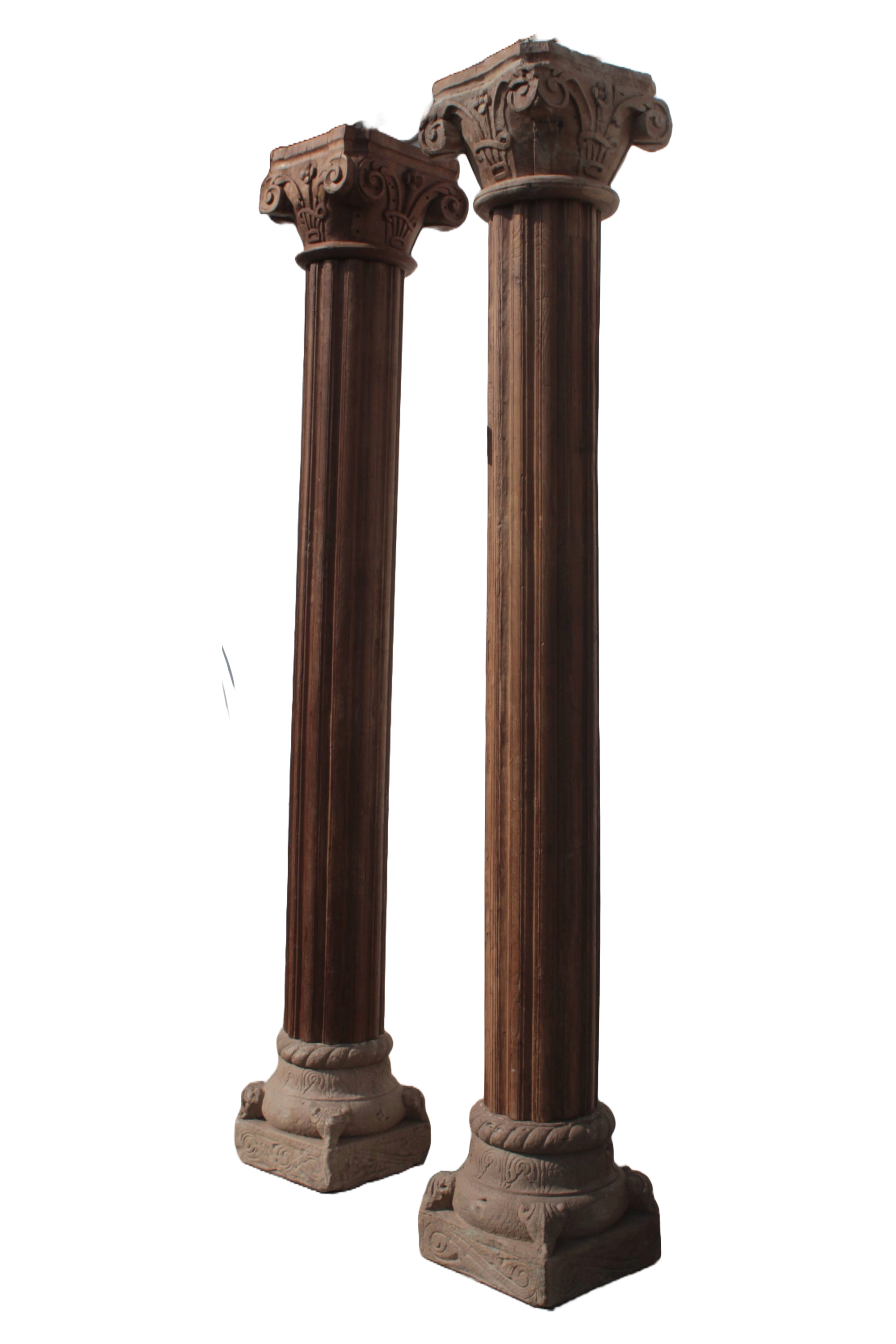
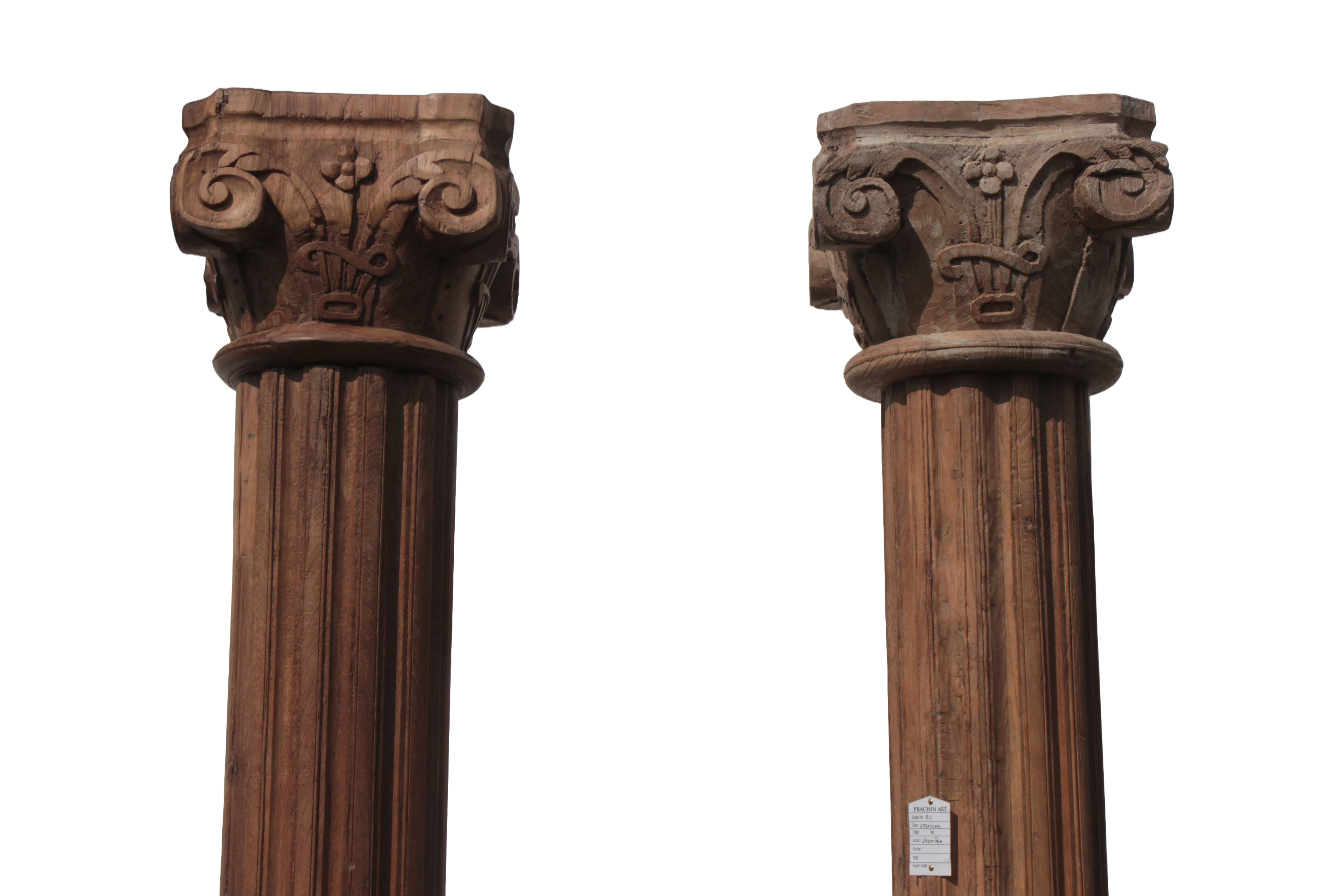
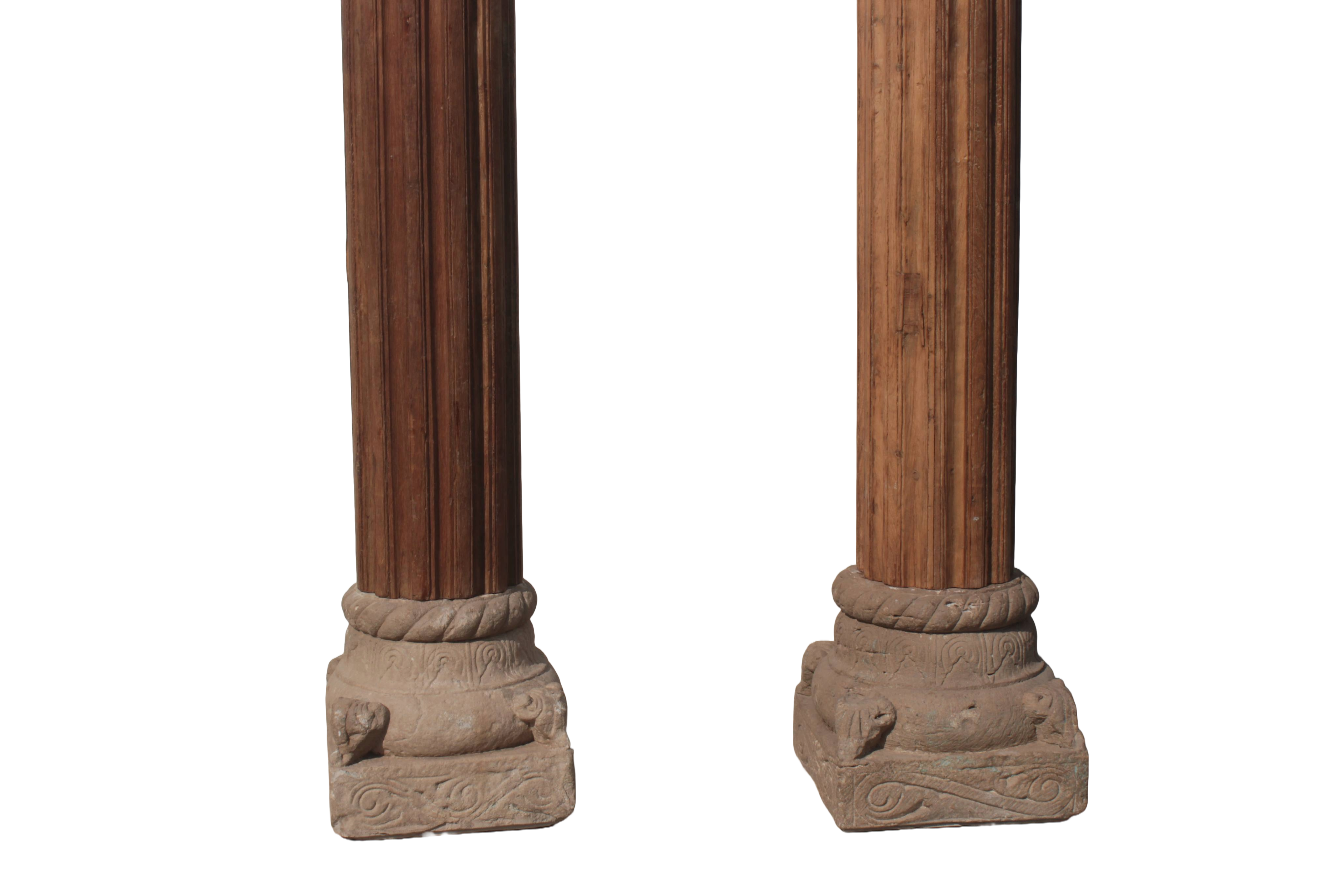



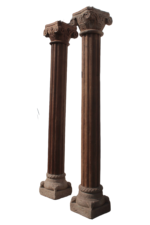
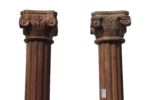
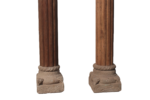
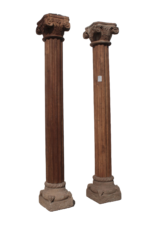


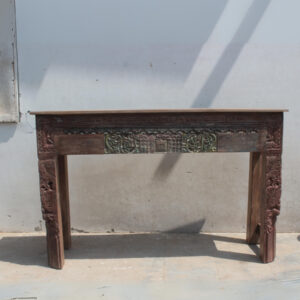










Reviews
There are no reviews yet.